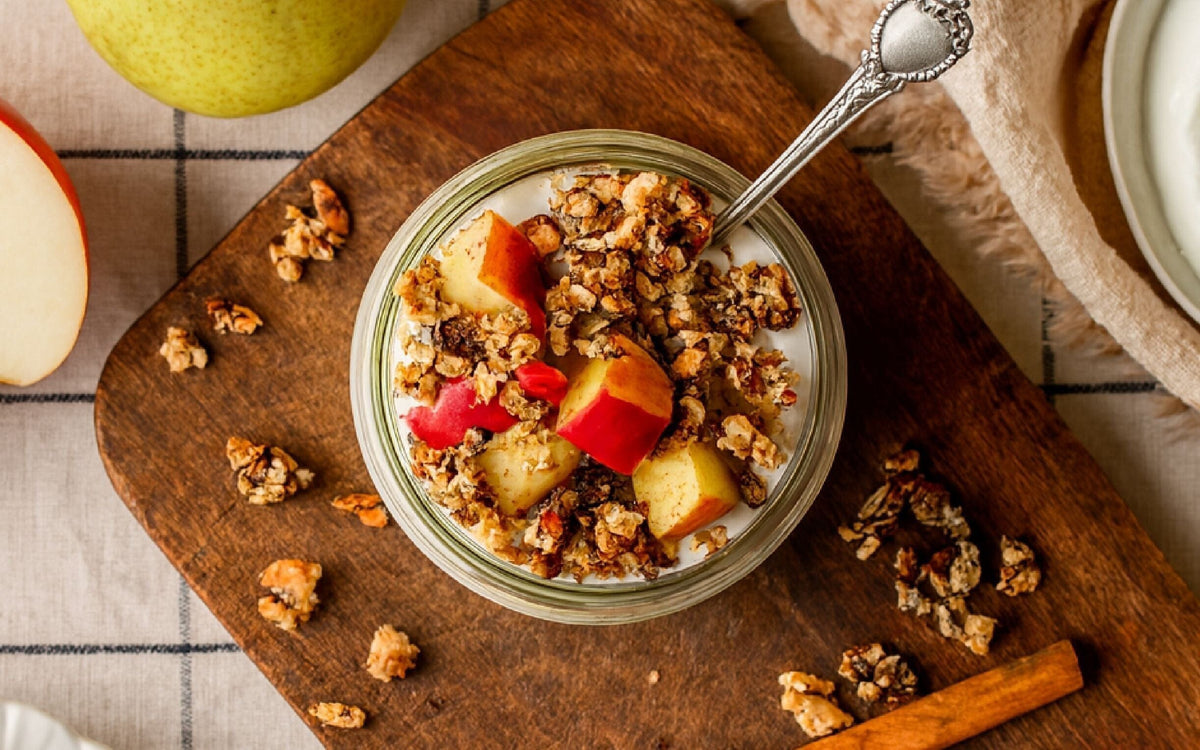High Fiber Diet for Digestive Health and Gut Balance

How Fiber Supports Digestive Function
Fiber is the unsung hero of gut health. It acts as a natural regulator, softening stool and preventing constipation while also feeding beneficial gut bacteria. These microorganisms ferment soluble fiber to produce short-chain fatty acids, which strengthen the intestinal lining and reduce inflammation. Regular fiber intake supports smoother digestion, less bloating, and better nutrient absorption. Inadequate fiber can lead to sluggish digestion, discomfort, and an imbalance in gut flora. Incorporating a variety of plant-based foods—vegetables, legumes, fruits, and grains—ensures both soluble and insoluble fiber, creating a healthy environment for your microbiome to thrive.
Best High Fiber Foods for a Healthy Gut
Not all fiber sources are equal when it comes to gut benefits. Soluble fiber from oats, beans, apples, and carrots helps regulate blood sugar and feed probiotics. Insoluble fiber from vegetables, nuts, and whole grains promotes bowel regularity. Aim for a mix of both types daily.
Examples include:
-
Lentils, black beans, and chickpeas
-
Whole-grain rice, oats, and barley
-
Leafy greens, cauliflower, and sweet potatoes
-
Berries, pears, and kiwi
Including fermented foods like sauerkraut or yogurt alongside fiber can further boost gut diversity and digestion.
Building a Sustainable High Fiber Routine
Consistency is more important than perfection. Start by gradually increasing fiber intake to let your digestive system adjust. Drink plenty of water, as hydration helps fiber move smoothly through the intestines. Plan meals that combine multiple fiber sources—like quinoa salads with legumes and vegetables—to maximize nutrition and variety. If convenience is a concern, meal delivery options offering fresh, fiber-rich salads and bowls can simplify your routine. Over time, a fiber-focused diet will improve regularity, reduce bloating, and enhance immunity through a balanced gut ecosystem.

